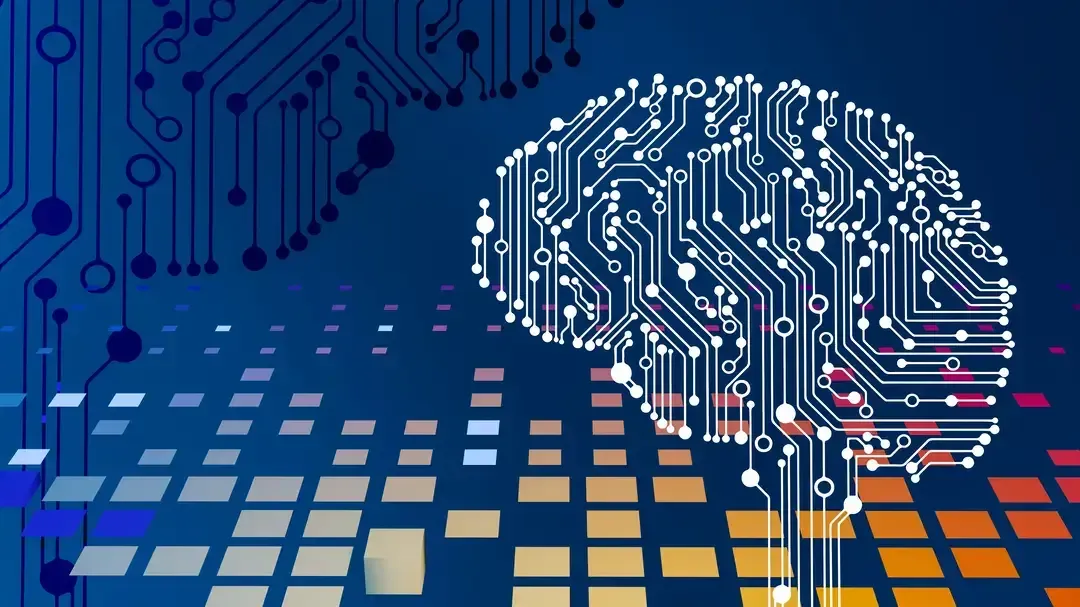Meta-Learning: The Art of “Learning to Learn”
Updated on November 27, 2025 7 minutes read

Not necessarily. Full-scale meta-learning research can be computationally expensive, but you can experiment with small models, simple datasets like Omniglot or Mini-ImageNet, and a limited number of tasks on a single GPU or even a modern laptop for toy examples.
No. Transfer learning typically fine-tunes a model trained on one large source task (for example ImageNet) to a new target task. Meta-learning trains across many tasks so that the model learns how to adapt quickly to new tasks, often with only a few labelled examples.